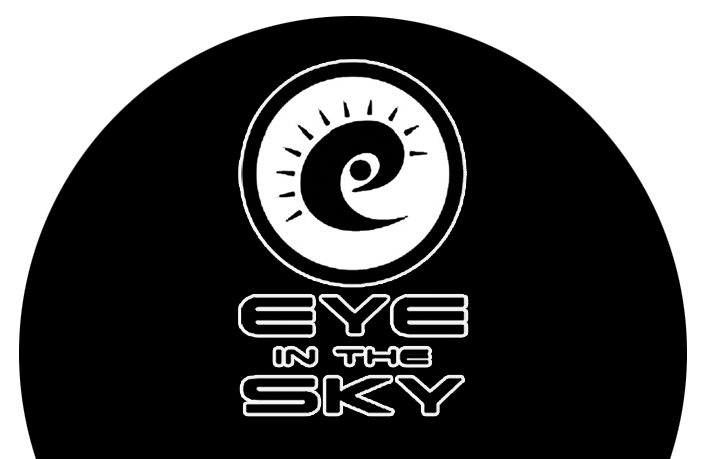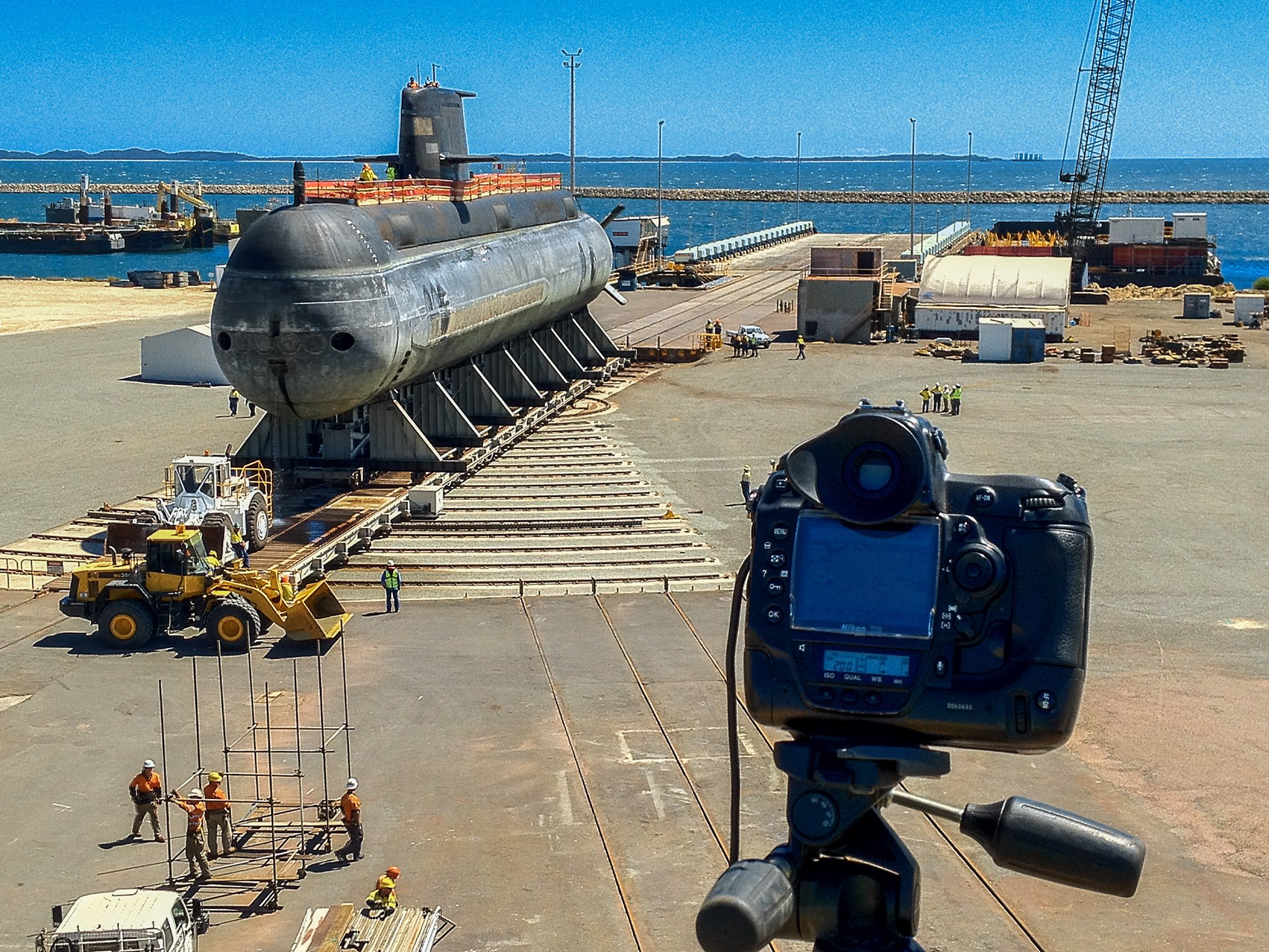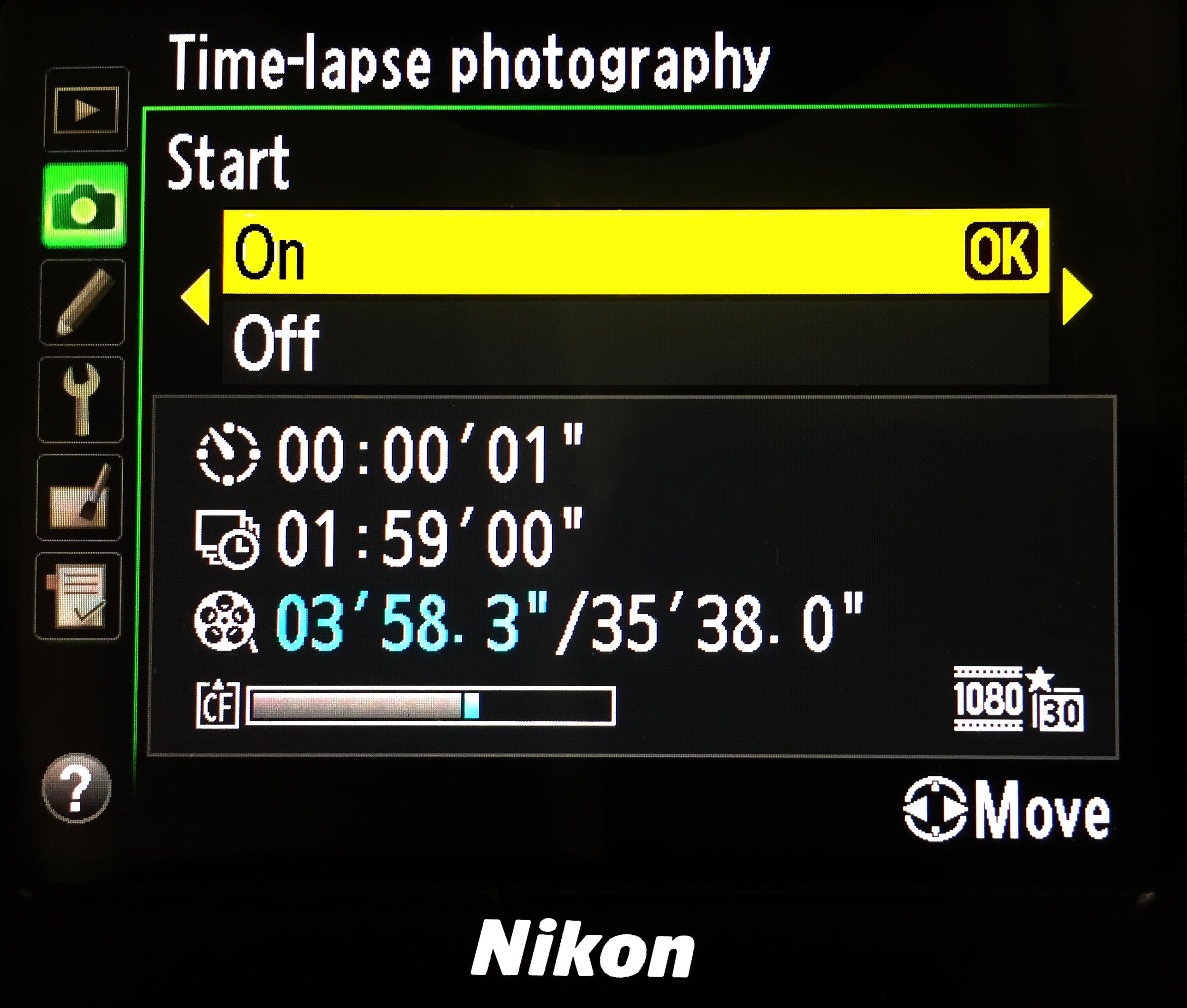TIMELAPSES
TIME LAPSE SEQUENCES - speeding up slow events
This is a great creative technique that enables you to capture in a movie, something that may take hours, days or weeks to happen.
What this means is that you program the camera to shoot one frame every one or more seconds to record an event. Bearing in mind that the speed of a normal film on playback is twenty four frames per second. This means if you want to record ten seconds of motion, you would need to shoot two hundred and forty frames. The more the interval between frames, the smoother the action appears.
1) I shot the Lenticular clouds at 1 frame every two seconds, or a length of 14 seconds of playback time. (The black specks are Swifts busily picking off insects). This shows the nature of Lenticular clouds and how they are relatively stationary and are being created by the landscape and conditions below them.
So a tripod is mandatory so that the subject does not move. In this sequence there is a slight bump, but otherwise the location is static.
Lenticular clouds, Mt Canigou, Pyrenees Orientales, France
The Royal Australian Navy Collins Class submarine, HMAS Farncombe being raised on the synchro lift facility near Perth in Western Australia. This was using a four camera setup and edited with music for the client.
Most pro cameras will have this feature as standard. Previously you had to record all the frames, then create a movie from tis. Now the camera creates the movie and there are no individual frames.
Nikon D800 Time-Lapse viewing scene
You typically set the anticipated duration of the shoot, say four hours, then the interval, ie 2 frames every second and that’s it.
All photography and information © Jon Davison 2022.
BACK TO MAIN MENU



